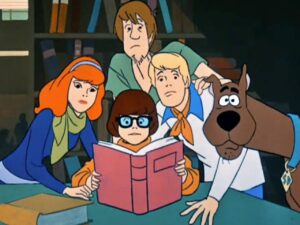A cold beer is one of the most unpretentious things in the world.
Or rather, it was, before the beer geeks took over, craft beer flooded the market, and a simple conversation about which brew you wanted to knock back was suddenly elevated to the realm of ‘white whales’, ‘hazies’ and ‘beer walls’.
The price of a beer in Cape Town soared, and ordering something that didn’t sound it was brewed by a bearded lumberjack was met with disapproving stares from behind the bar.
Over in New York, a bar which only serves beer was awarded a Michelin Star, and it was only a matter of time before craft beer brewers started trying to compete with the people who make fine wines, and whiskies.
Which brings us to The Guardian, and a beer that, should you wish to try it, will cost you a staggering $125 (around R1 850) a bottle.
The beer in question, Belgian brewery Oude Beersel’s Bzart, is an 8% lambic, a wild-fermented ale aged and blended over several years and, in this case, unusually charged with champagne yeast.
Lambic production is costly, volumes finite and the US’s growing interest in sour beer means prices have soared, in part due to their increasingly labyrinth distribution.
Yes, we live in a world where people are willing to drop a small fortune on a beer. What a time to be alive.
“There’s huge demand for a very limited supply,” says Jonny Heyes, owner of Manchester’s Port Street Beer House, where some Belgian beers can cost £40.
He justifies such prices by making what, in craft beer circles, is a common comparison between beer and wine: “In terms of work and ingredient costs, it’s no different to a £40 bottle of wine and, like vintage wine, blending lambics produces a singular expression of that beer. It won’t be the same next year.”
To quote the beer nerds, this beer is the ultimate white whale.
The problem with beers like this, and the drive to compete with the wine market, is that it adds a layer of ‘prestige’ to beer drinking that could be used to justify a rise in prices across the board.
This is particularly true in high-end restaurants that now sell refined craft beer in smart glassware, where, due to their imposing 70-90% mark-ups on drinks, you can find yourself paying £9 for fairly ordinary beer. Yes, that cost also covers the restaurant’s rent, business rates, swanky interiors and staff, but that price hike would not have been possible had that false equivalence between beer and wine not become common.
Not everyone is buying it, though. As one man of the people points out, “there’s a movement back to: ‘I just want a nice pint for a decent price”.
There are plenty of beers out there that might not be limited edition, and that don’t cost an arm and a leg, but are great by virtue of the fact that they’ve stood the test of time.
Take Sol Beer, for example. Way back in 1899, in a brewery near Pico de Orizaba, the highest peak in Mexico, a brewer created a light, refreshing beer made from the water closest to the sun.
When a beam of sunlight hit the empty bottle he was holding, he named his creation after the sun – and Sol, light-tasting Mexican beer, was born.
Sol embodies everything that cracking open a cold one is supposed to be about – the spirit of freedom, good vibes, and fun in the sun – without breaking the bank.
I think we can all drink to that.
[source:guardian]









